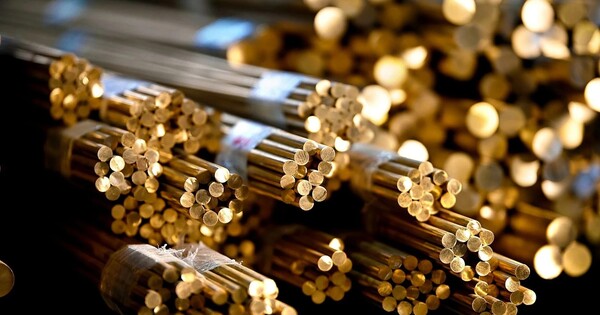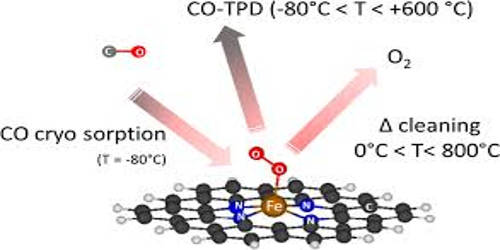Bismuth bronze, sometimes known as bismuth brass, is a copper alloy that contains 1-3% bismuth by weight, with some alloys containing more than 6%. It is a copper-based alloy that contains a large proportion of bismuth. This bronze alloy is highly corrosion resistant, making it ideal for usage in settings like the ocean. This alloy typically comprises 85-95% copper, 5-15% bismuth, and trace amounts of additional elements such as tin or lead.
Bismuth bronzes and brasses are more pliable, thermally conductive, and polish more easily than standard brasses. These metals are most commonly used in industry as bearings, although they have also been used as kitchenware and mirrors from the late nineteenth century. Bismuth bronze has also been discovered in ceremonial Inca knives at Machu Picchu. Pressure to replace dangerous metals has recently intensified, and bismuth bronze is now being sold as a green alternative to leaded bronze bearings and bushings.
Bismuth bronze is known for its unique properties, which include:
- Improved Machinability: The addition of bismuth improves the machinability of the alloy compared to traditional bronze. This makes it easier to work with using cutting tools.
- Corrosion Resistance: Bismuth bronze generally has good resistance to corrosion, making it suitable for various applications where exposure to moisture or chemicals is a concern.
- Wear Resistance: It exhibits good wear resistance, which is beneficial for parts subjected to friction or abrasive conditions.
- Low Friction: The alloy has a lower friction coefficient compared to some other materials, which can be advantageous in certain mechanical applications.
Applications
Applications of bismuth bronze include components in machinery, bearings, bushings, and decorative items. It’s also used in situations where a combination of machinability and corrosion resistance is desired.
- Industrial Bearings: Its low friction and good wear resistance make it suitable for bearings in machinery.
- Electrical Components: Used in electrical contacts and connectors due to its conductivity and resistance to corrosion.
- Art and Sculpture: Sometimes used in art and decorative pieces for its attractive finish and ease of casting.
- Engineering Components: Employed in various engineering components where machinability and durability are important.
- Marine Hardware: Utilized in marine environments for components exposed to seawater due to its corrosion resistance.
















